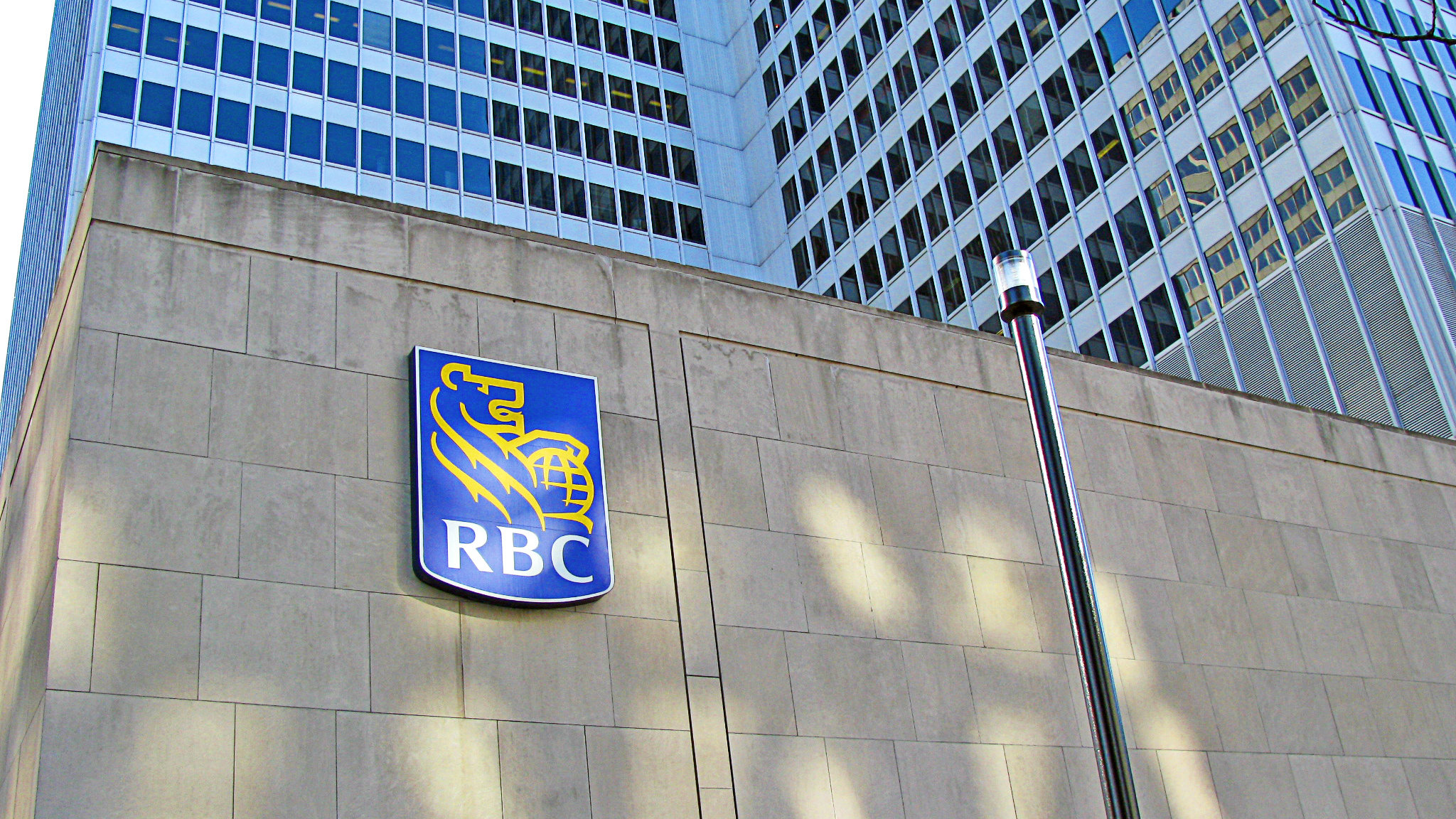Young Canadians are searching for ways to set aside enough cash to fund a comfortable retirement.
Planning for the golden years has always been important, but the bulk of the work used to be handled through generous company pension programs. In the past, a new grad could reasonably expect to find a full-time job with a big company right out of school, and many people simply worked their way up through the same organization for 30 or 40 years before retiring with a comfortable pension.
Today, companies are more likely to offer new grads internships or contract work until they develop the required skills. In addition, attitudes among young professionals have changed, as people switch jobs, companies, and even careers more often. This might be due to the fact that the benefits companies provide are no longer enticing enough to keep people in one spot.
The generous defined-benefit pensions that used to be the norm are much harder to find, and when pension benefits are available, a defined-contribution plan is the preferred option for most businesses today.
As a result, many young Canadians are required to take their retirement planning into their own hands, and one strategy involves using a TFSA to hold top stocks.
Let’s take a look at Royal Bank of Canada (TSX:RY)(NYSE:RY) to see why it might be a strong pick to start your TFSA.
Earnings
Royal Bank reported fiscal Q2 2018 net income of $3.06 billion, representing a gain of $251 million, or 9%, over the same period last year.
The numbers might seem unbelievable, but they are accurate. Canada’s largest financial institution, with a market capitalization of about $148 billion, makes roughly $1 billion in profits every month!
The secret to the company’s success is partly connected to the balanced revenue stream. Royal Bank has strong personal and commercial banking, wealth management, investor and treasury services, capital markets, and insurance operations.
Risks
Rising Canadian interest rates could force some homeowners to sell when it comes time to renew their mortgages. If a wave of properties hits the market at the same time, house prices would likely fall, and that could be trouble for the banks.
Royal Bank finished Q2 2018 with $275 billion in Canadian residential mortgages on the books. Uninsured mortgages represent nearly $190 billion of the portfolio, but the loan-to-value ratio on these mortgages is just 51%, so things would have to get really bad before Royal Bank takes a material hit.
Overall, rising interest rates are generally a net positive for the banks.
Dividends
Royal Bank has a strong track record of dividend growth, and that trend should continue in step with rising earnings. At the time of writing, the stock provides a yield of 3.8%.
Returns
A $10,000 investment in Royal Bank 20 years ago would be worth more than $90,000 today with the dividends reinvested.
Should you buy?
There is no guarantee the stock will deliver the same results over the next two decades, but Royal Bank remains an attractive pick for a buy-and-hold TFSA portfolio.








